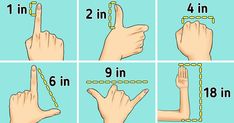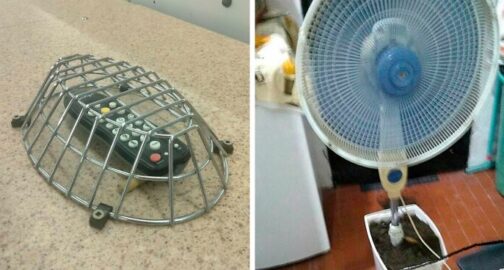
The human body is built in a very smart way. But the evolution of humans didn’t produce perfect beings, it only produced functions according to Alan Mann, the anthropologist from Princeton University. Even though our organs work in perfect cooperation, there are some faults in our bodies too. Well, most of them are connected with the difficult process of evolution.
Here at Bright Side, we have collected the 10 most obvious mistakes present in the human body. And after having read about the study of gerontologists from the U.S. and “Top 10 Design Flaws in the Human Body” by Chip Rowe, we started to imagine how these things could be fixed.
1. We can’t breathe and swallow at the same time.
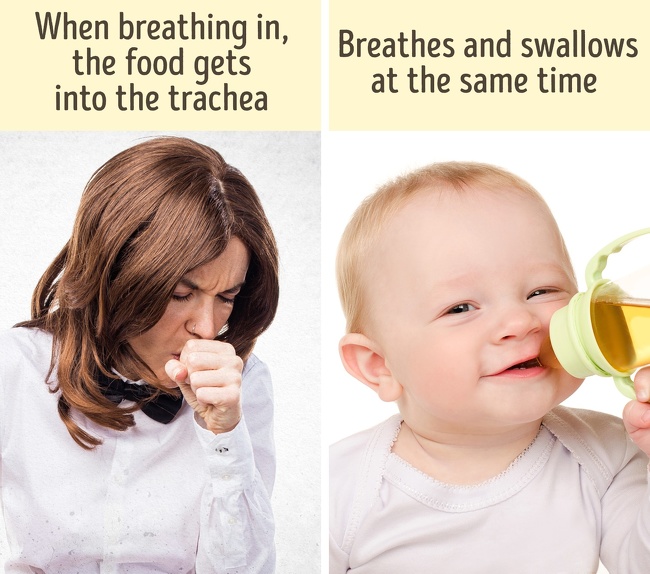
The food we swallow and the air we breathe both go through the same pathway in our bodies. The trachea and the esophagus intersect. In order to avoid getting food into the trachea, there is a special organ called the epiglottis that closes the trachea when you swallow. But sometimes it doesn’t work fast enough. For example, if you talk and laugh when eating, the food can slip down and get inside the airway. Sometimes it leads to death.
By the way, babies can breathe and swallow at the same time, but later they lose this wonderful ability.
2. We have only one row of teeth and some of them we don’t really need.
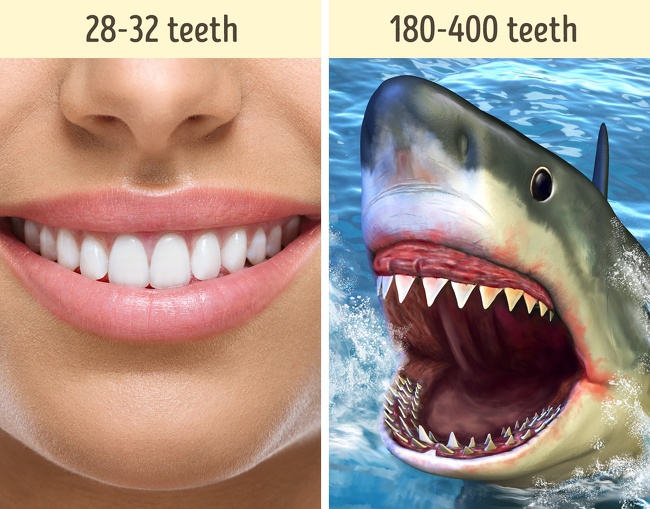
We have only one set of teeth that should work for our entire lifetime. But according to statistics, very few people can keep all of them during their lives. And new teeth don’t grow if old ones fall out.
More than that, wisdom teeth are absolutely useless. Our ancestors that had longer jaws needed them. Now, these teeth don’t help us to chew food so they are just as useless as the tailbone.
3. The retina in our eyes is inside out.
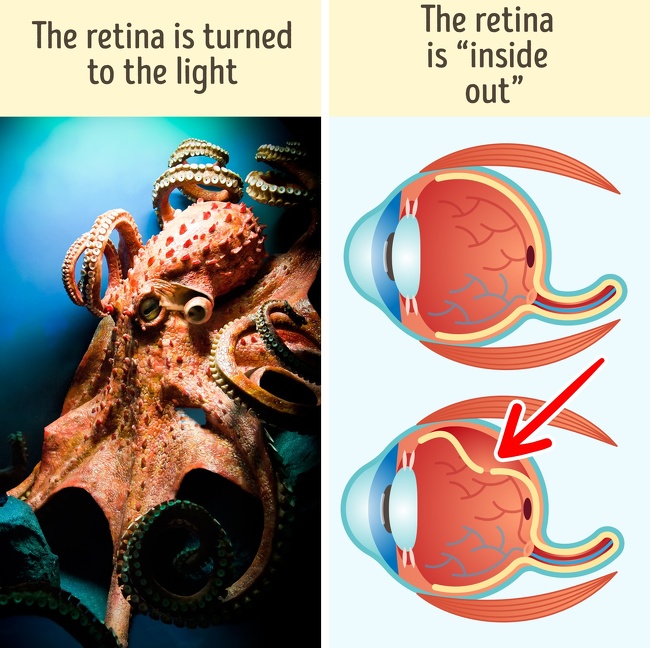
The cells of photoreceptors in the retina look like microphones that are turned away. Such a position makes the light go through the entire length of every cell and also the blood and tissue to reach the lens.
Because such a construction is not perfect, there are often many problems with the retina that sometimes lead to blindness. This is the same reason why we have a blind spot — the area which is not sensitive to light.
4. The stomach is unprotected.
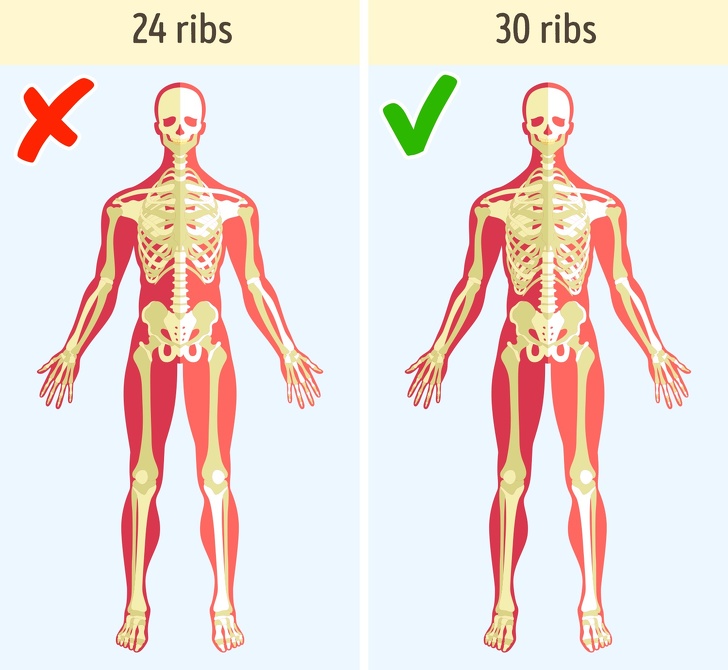
The entire body — even the face and hands — can handle a lot of pressure. For example, the brain is protected with a very solid skull. Yet, the abdomen that is filled with super important organs is covered only with a thin muscle layer. That’s why all it takes to damage the internal organs is a fall down to the floor.
5. The spinal cord shouldn’t be straight.
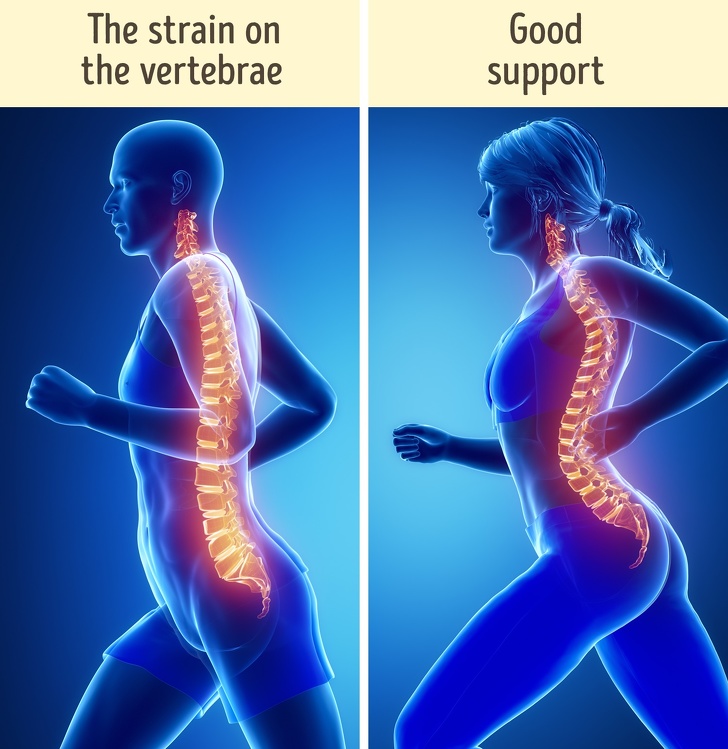
Everything located above the lower back puts pressure on the spinal cord that causes it to curve and puts additional strain on many internal organs. This causes chronic tiredness and backaches. Even if you have an active lifestyle, the spinal cord wears down eventually.
To keep the body and the head straight, the spinal cord shouldn’t be straight, it should be S-shaped. But the problem is that there are a lot of side effects that come with having such a curve like extra pressure on internal organs and blood vessels.
6. Our legs are too complicated.
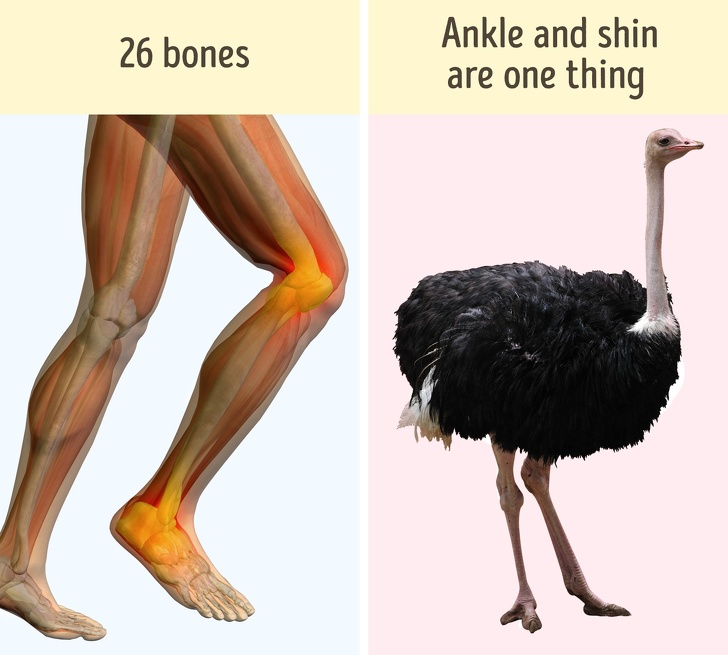
There are 26 bones in a human leg (30 if you count from the hip). Our ancestors that climbed trees really needed all these bones. But eventually, humans started walking on the ground, yet the legs still carried the same moving parts and tendons which are almost never used while walking. This leads to unpleasant issues such as sprains, twists, and fractures.
7. We don’t regenerate well enough.
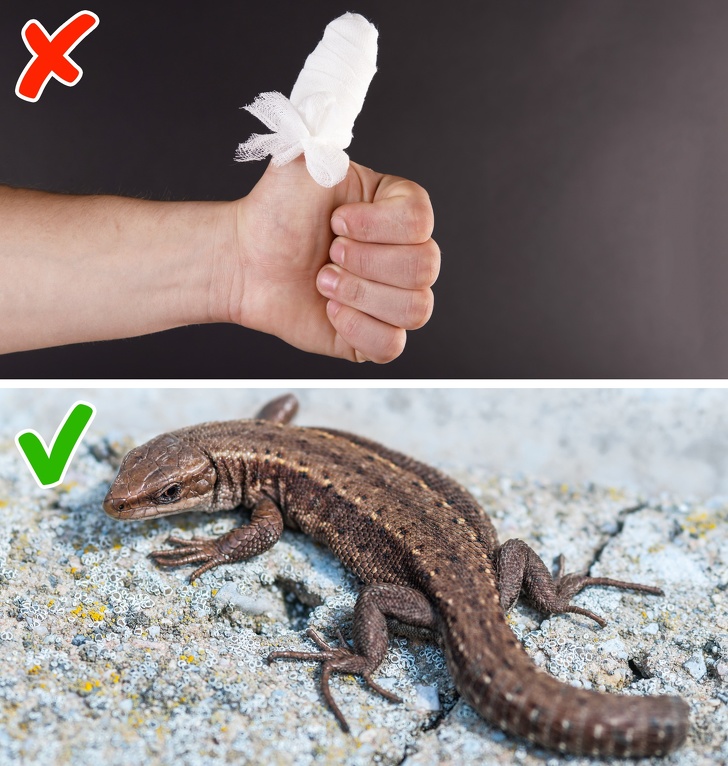
When a person loses the first phalanx, the missing part will regenerate to a certain level for three months. In the beginning, only children were thought to be able to do this, but Borgens proved that adults can do this too. However, we can’t grow an entire organ or another limb because of how complicated our bodies are.
8. Scientists still can’t figure out why we need an appendix.
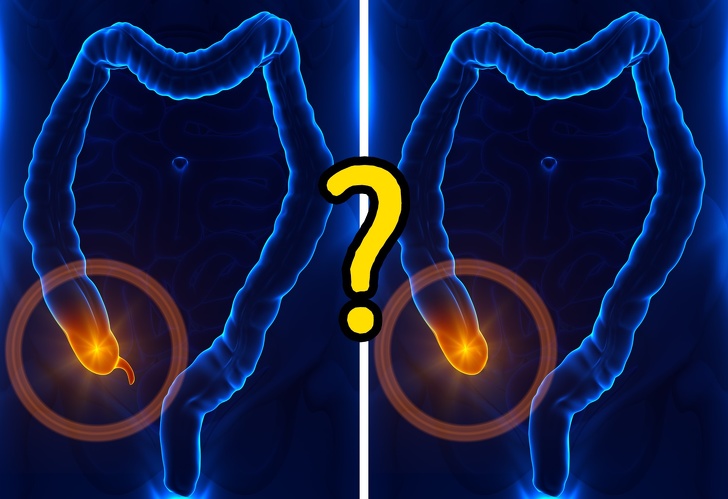
Many people have no idea why humans have an appendix. However, 5 to 10% of people have had appendicitis which requires immediate surgery.
Charles Darwin thought that the appendix was a vestige that we inherited from our ancestors. They used it for special processes that helped with food digestion.
9. It’s really hard for women to give birth.
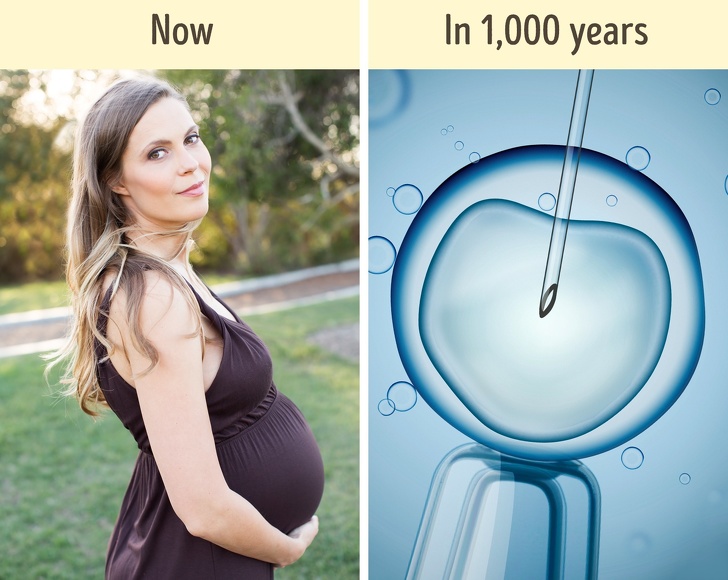
Labor has always been a painful and sometimes dangerous process. The thing is, women have quite a narrow birth canal. Along with the pain, there is a risk of trauma. Because human evolution moved very fast, the birth canal remained very narrow.
10. There are mistakes in cell division.
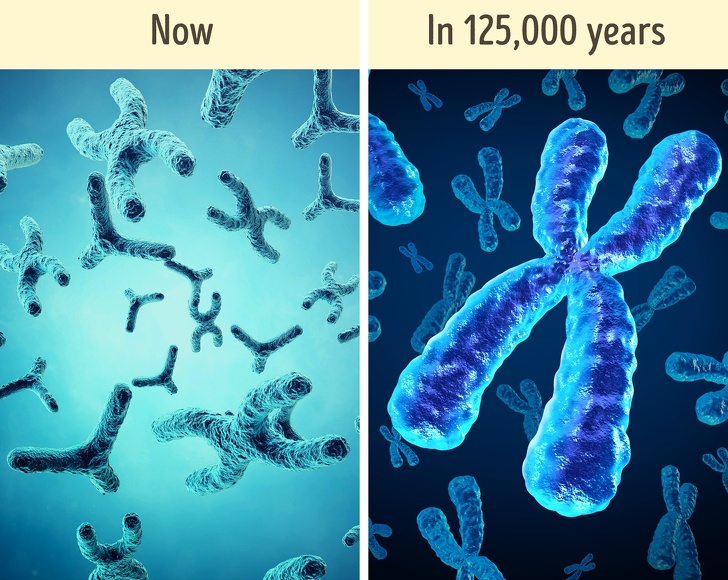
Professor Bryan Sykes thinks that the Y chromosome which determines the male sex will be gone in 125,000 years. Despite other chromosomes, the Y chromosomes can’t heal themselves. “In every new generation, 1% of men will have a mutation that will decrease his fertility by 10%”, says the scientist.
Additional factors include drinking alcohol, the contamination of the environment, and constant stress.
To continue on with this list, scientists also add multifunctioning genitals, the inability to synthesize vitamin C, and even the fact that men’s reproductive organs are outside, making them extremely vulnerable.
Bonus: This is how scientists imagine a human of the future:
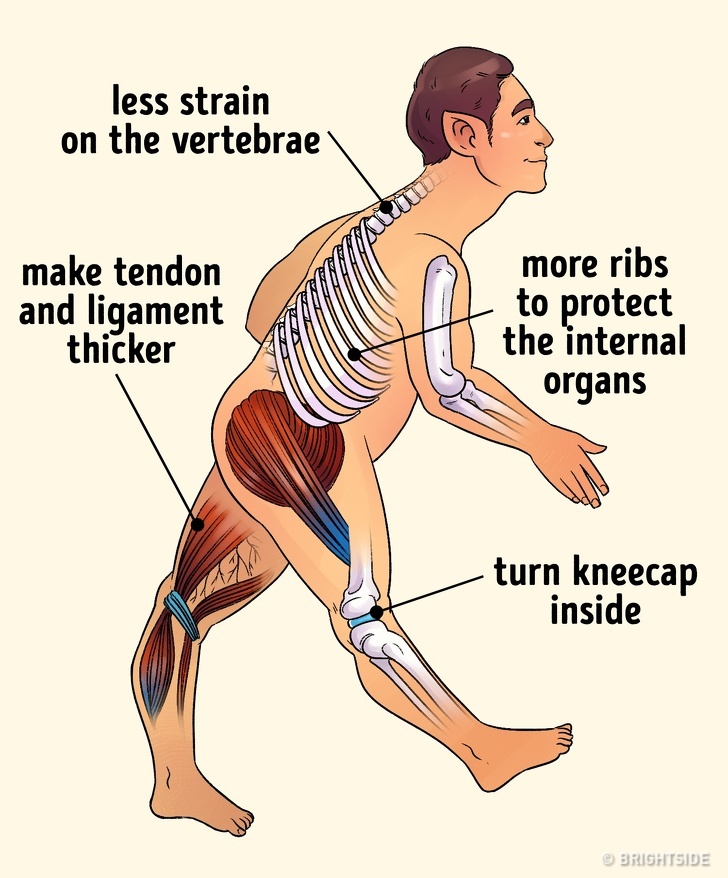
As you can see, this human looks quite unusual, but such a body structure according to gerontologists, would help us avoid many health problems that we have now. However, every change has its side effects. For example, extra ribs would make us less agile and flexible, and the joined bones in the legs would make playing soccer impossible.
Do you think that humans of the future will look like the scientists imagine? And if it were possible to change something in the structure of your own body, would you want it to?
Preview photo credit depositphotos, depositphotos



